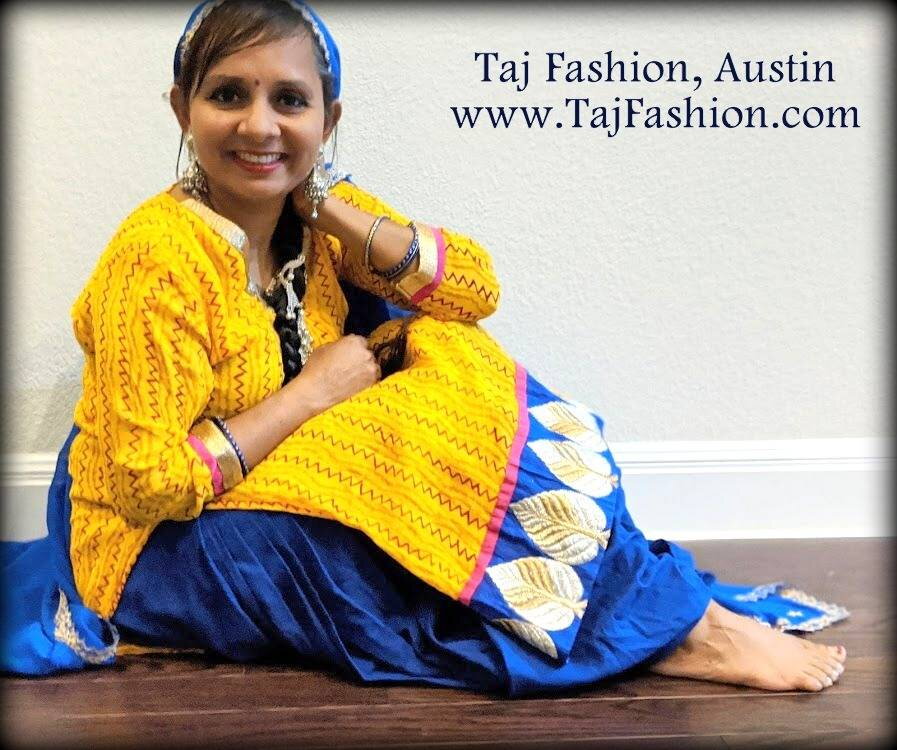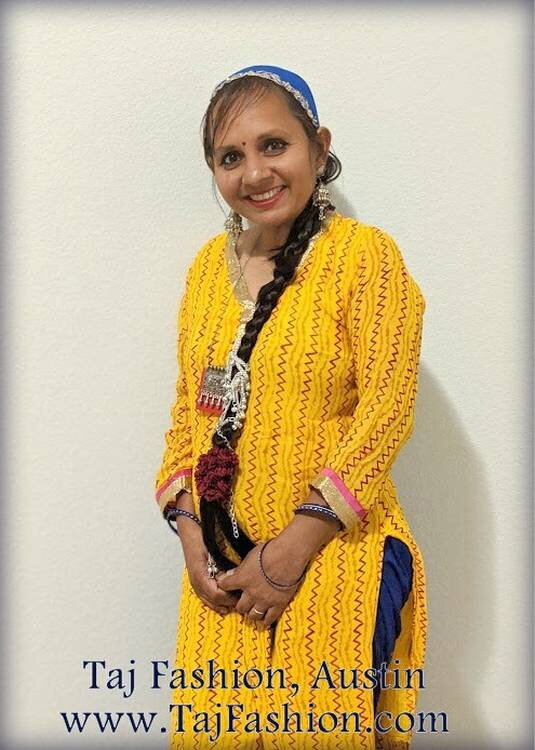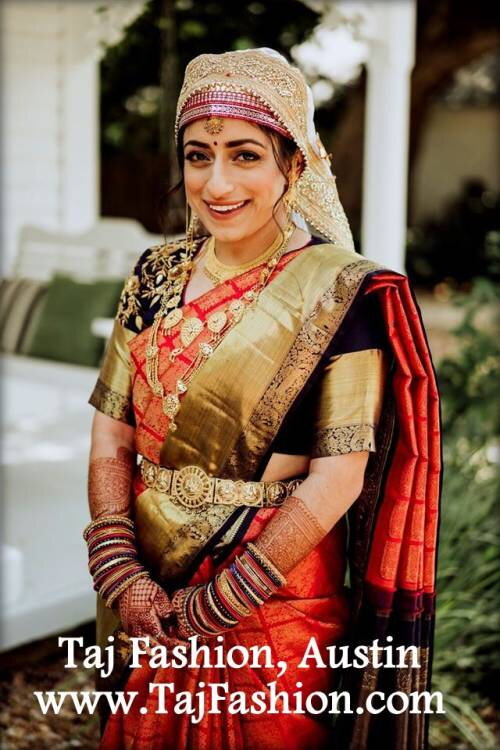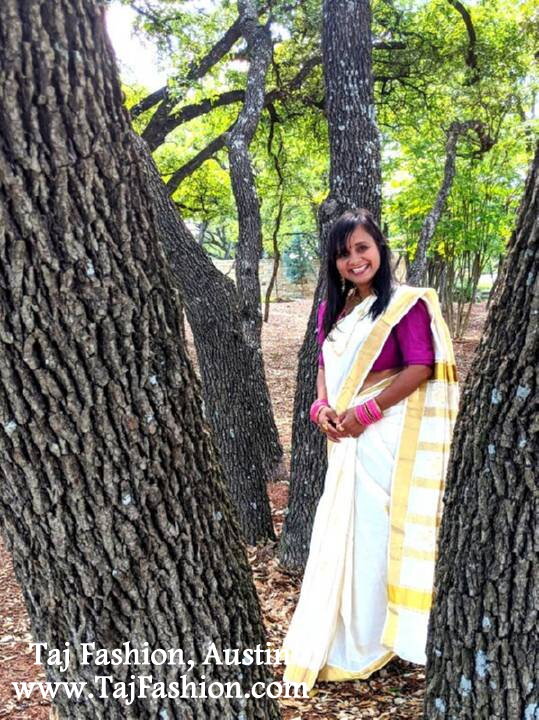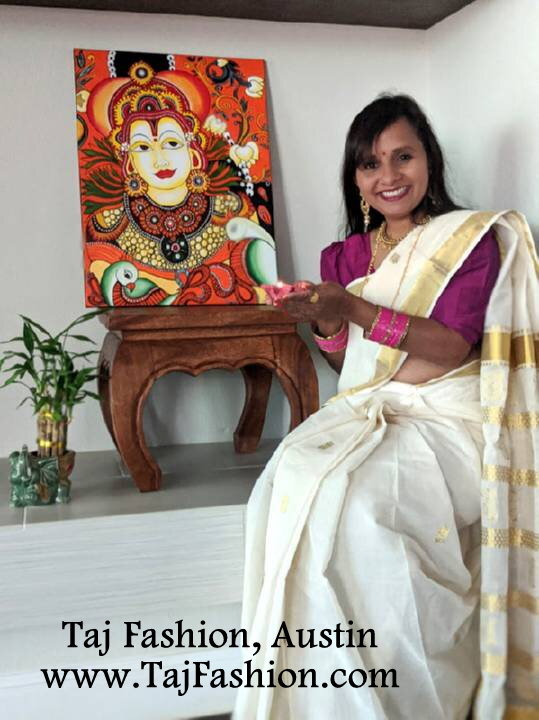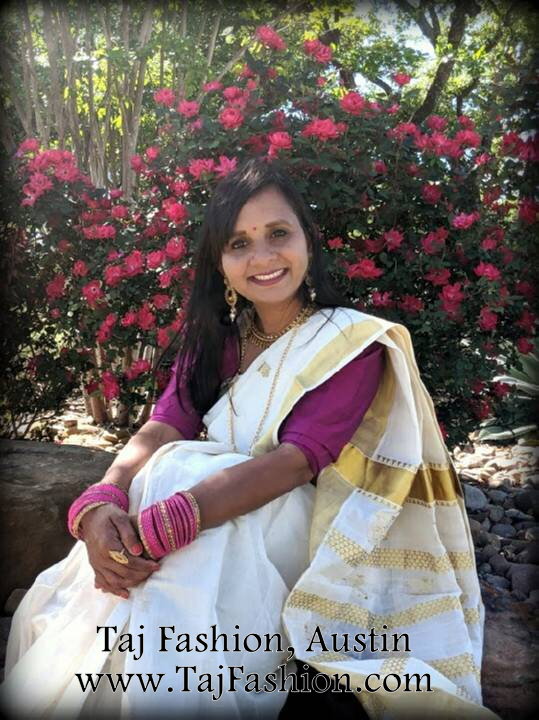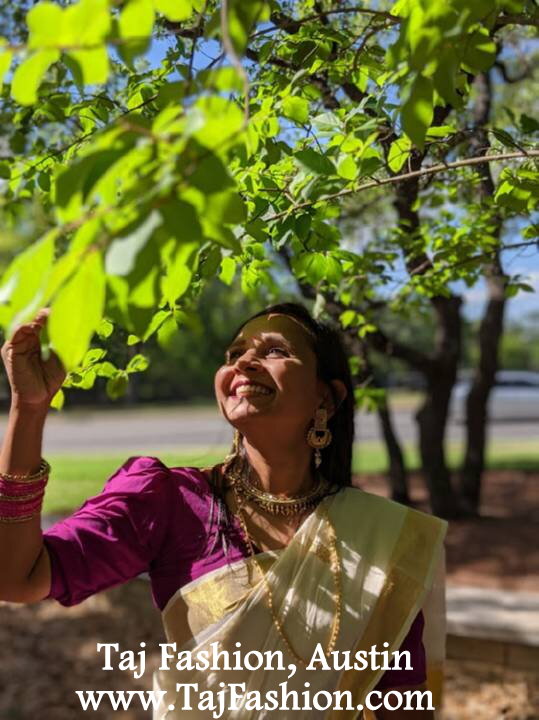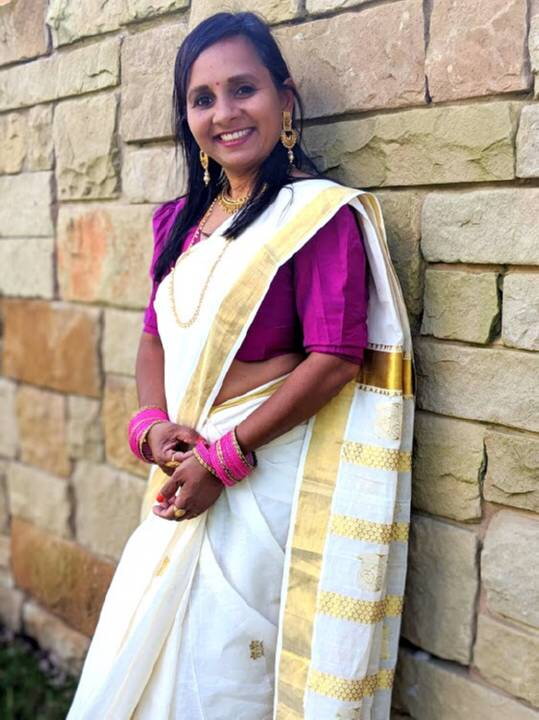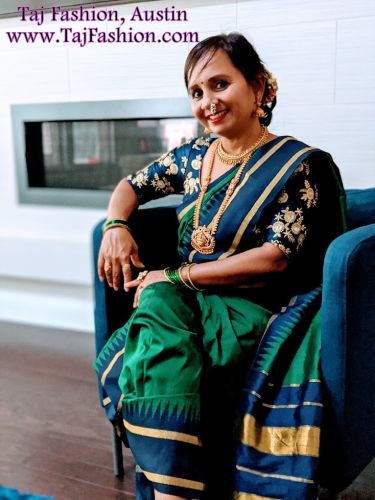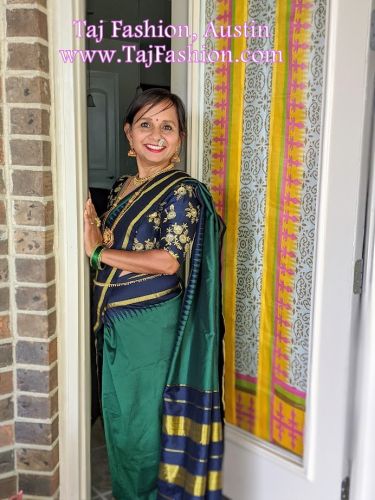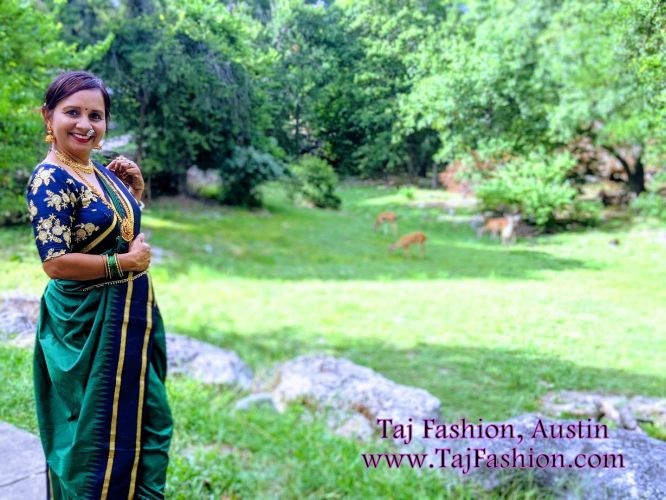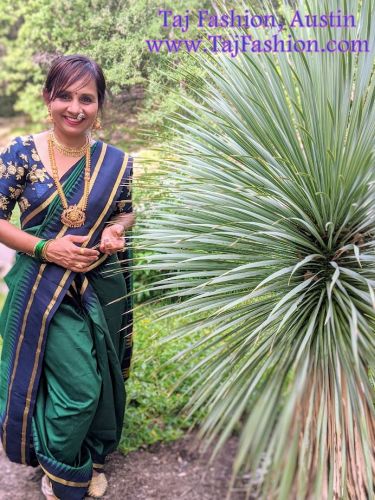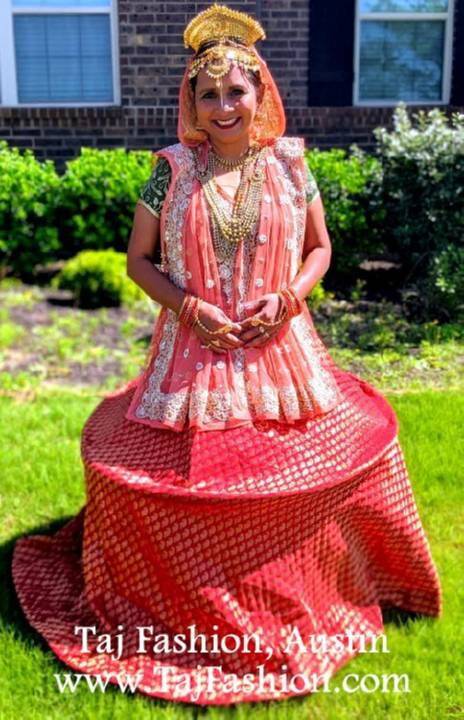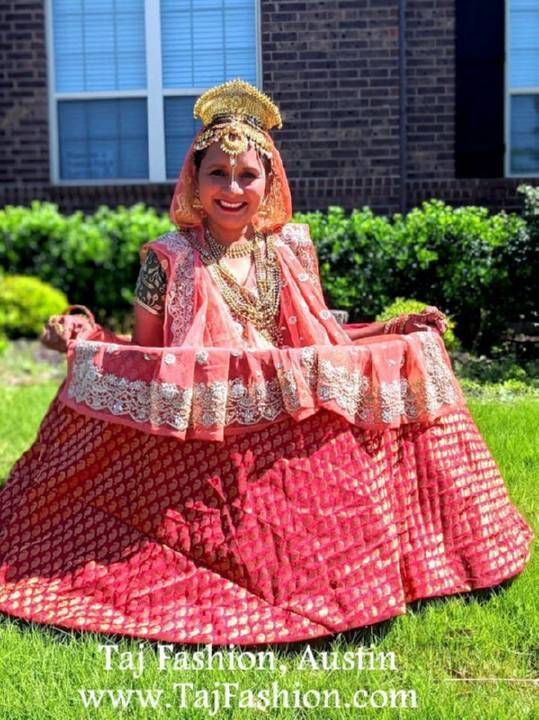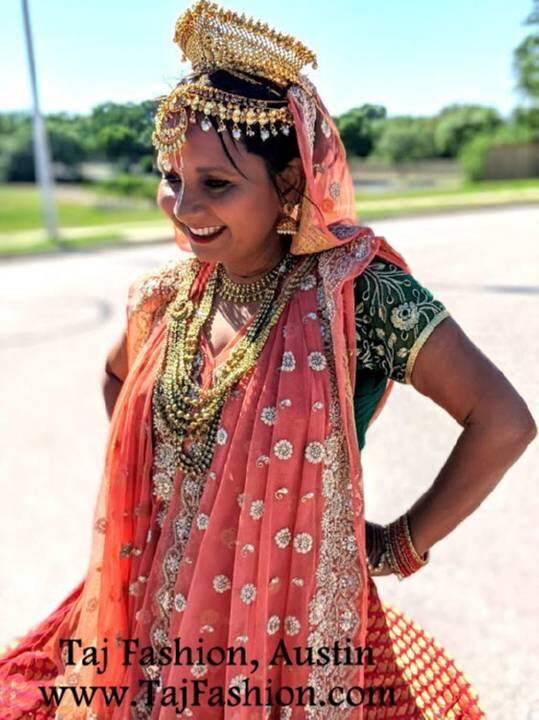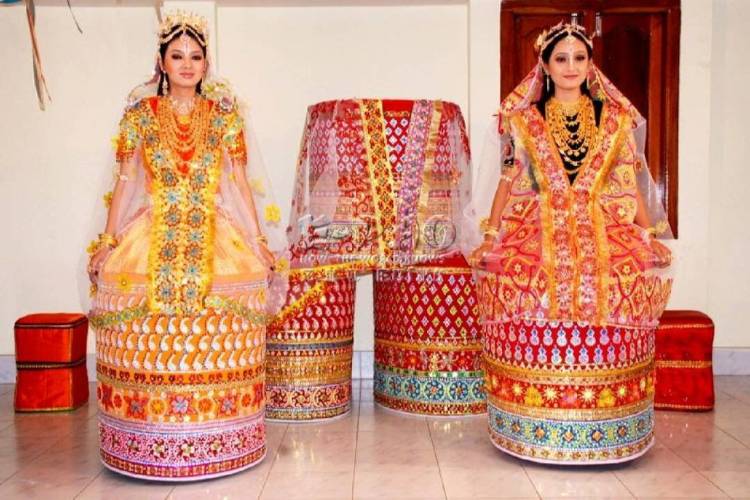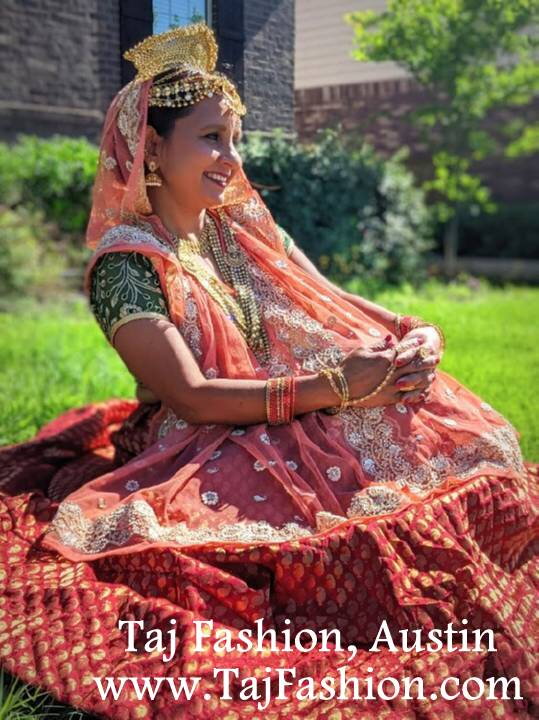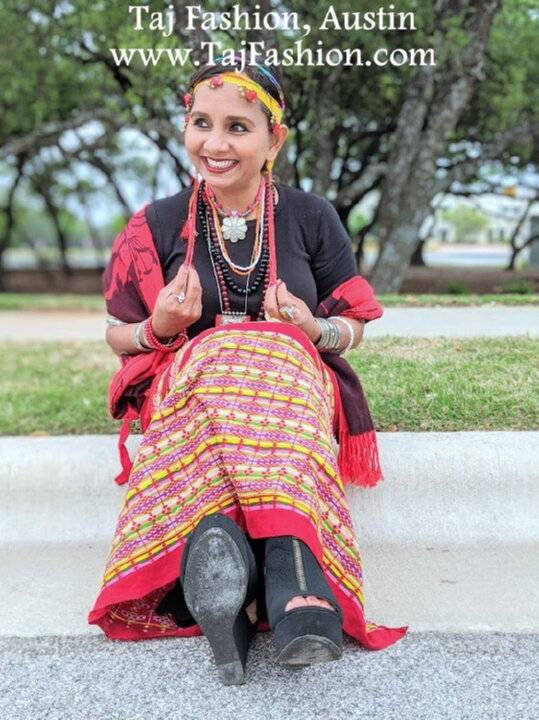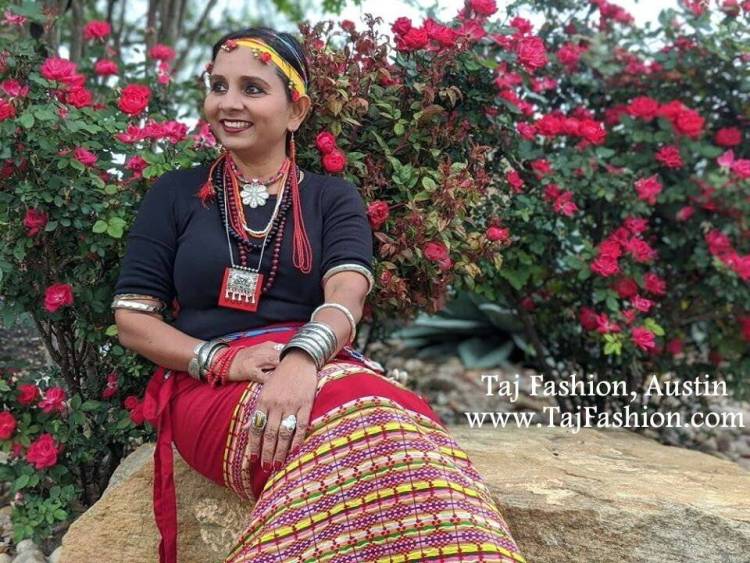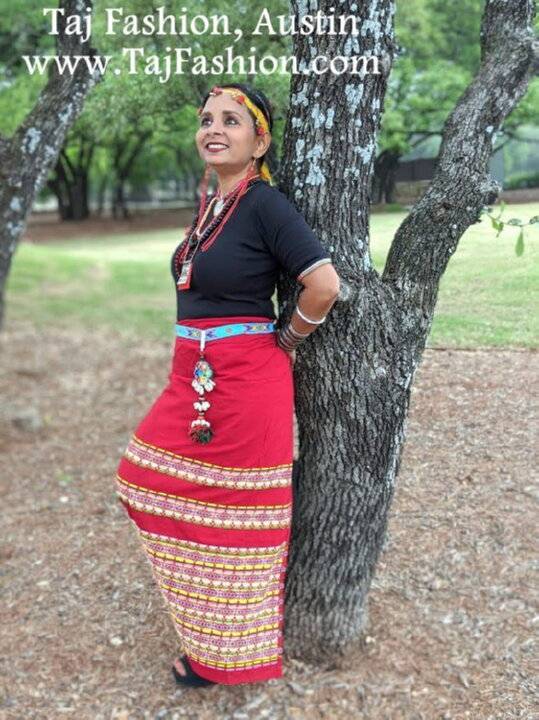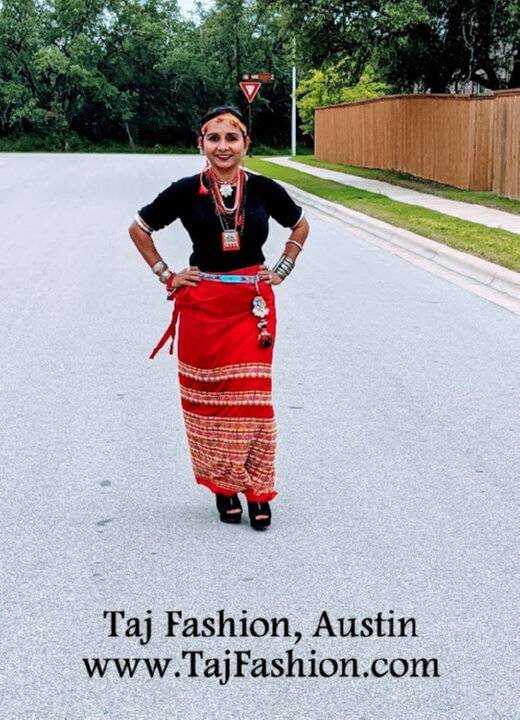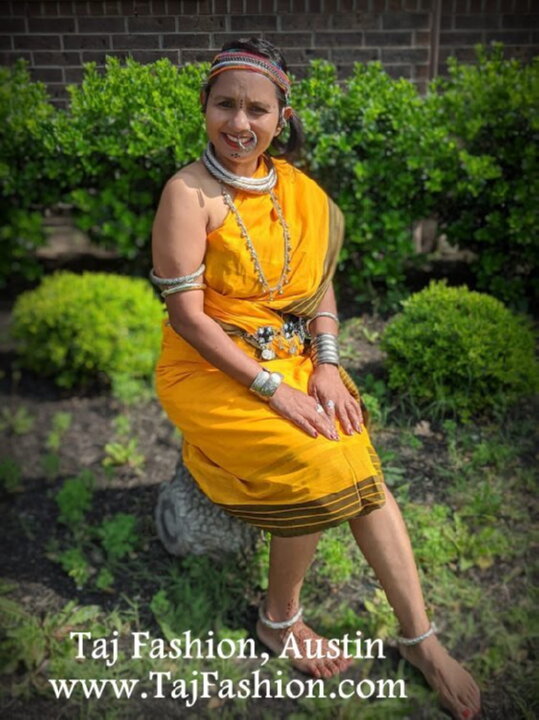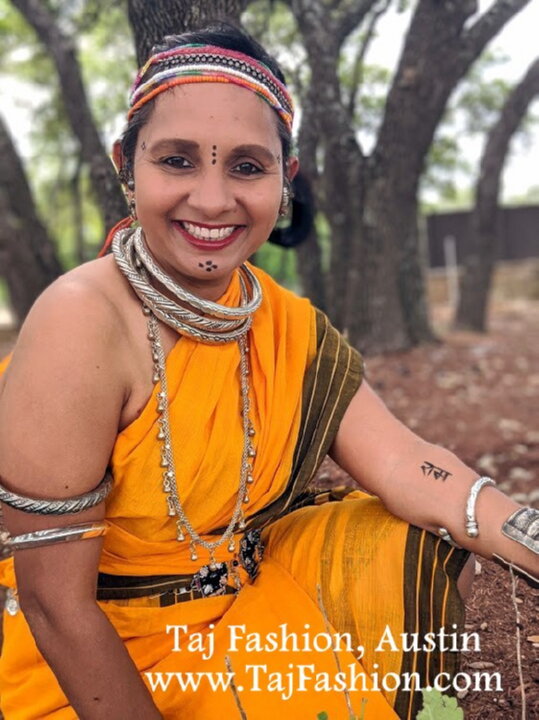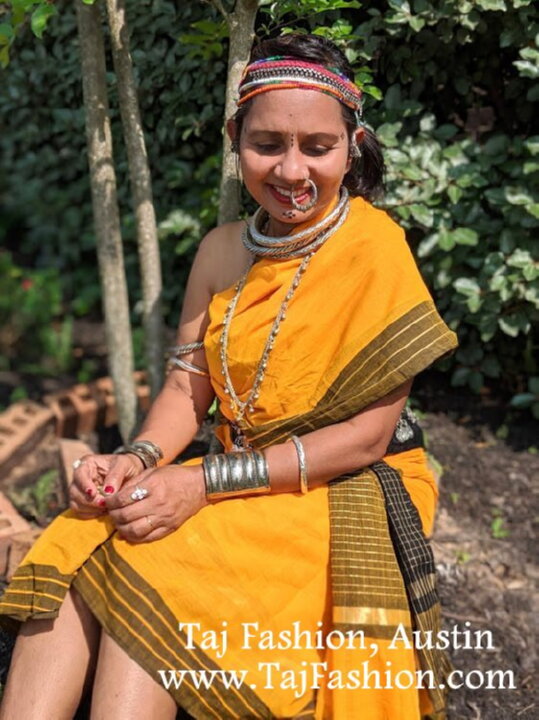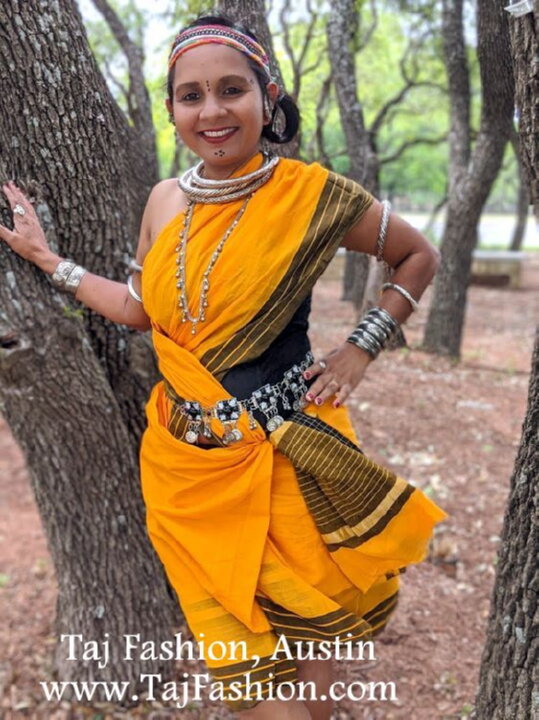Grand attires of Maharashtra
"Maharashtra" literally the "Grand State". The western state of India, known for film industry "Bollywood". The Lezim dance, the Marathi folk music, its literature, cuisine and various festivals like Ganesh Chaturthi make Maharashtra a real grand state, not only in its size but also in its culture.
The traditional dress of Maharashtra for women can be categorized in two types- the Nauvari saree and Paithani saree. Nauvari saree bears a resemblance to Dhoti and Paithani saree is worn with a long ‘pallu’.
Nauvari Saree: a nine yard long saree which is also known as Kaashtha saree; it bears a resemblance to Dhoti. This specific style of draping does not require a petticoat or a slip beneath it. The Nauvari sarees have a historical background - at emergency period of wars, to facilitate easy movement, the Maharashtrian women introduced this type of saree.
Paithani saree: Added with an 18 inch to 25 inch pallu, owes its origin to adept textile-designing. The Brahmin ladies of Maharashtra wear sarees in a particular pattern where the pleats are located at or near the back and these are tucked in waist and the decked part of the saree is left open on the shoulder part. They use choli with the sarees and often polkas and blouses.
The names comes after Paithan town of Aurangabad. Paithani saree is characterised by borders of an oblique square design, and a pallu with a Peacock design. The bright Paithani sarees are very popular as the bridal costume.
Traditional dress of Maharashtra reveals the culture of the state along with some historical importance. They have not lost the glory of their past.
Jewelry:
Other than necklaces, earrings, women wear 'Nath' i.e. a nose ring. Naths can be simple loops or loops connected with the earring on any one side. The bride wears green bangles as they are said to bring prosperity to the relationship and family. Some women even wear toe rings on their second toe of both of their feet. The second toe is said to have a nerve that is connected to the uterus and elements from the ring are said to make the uterus strong.
